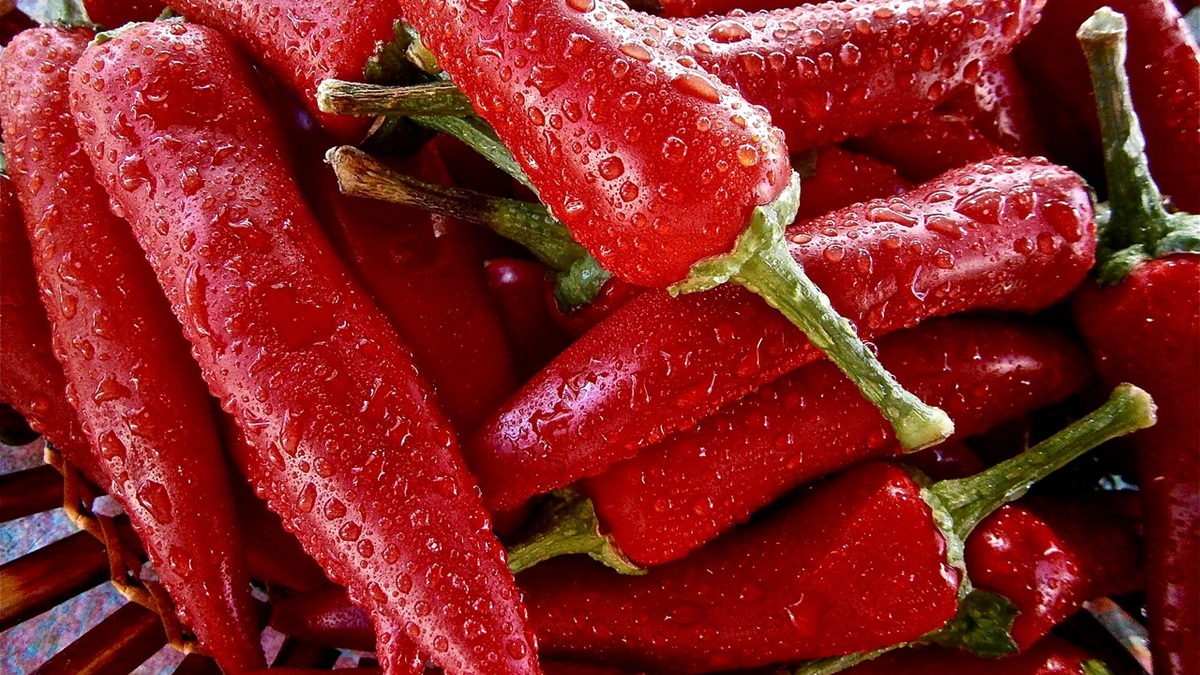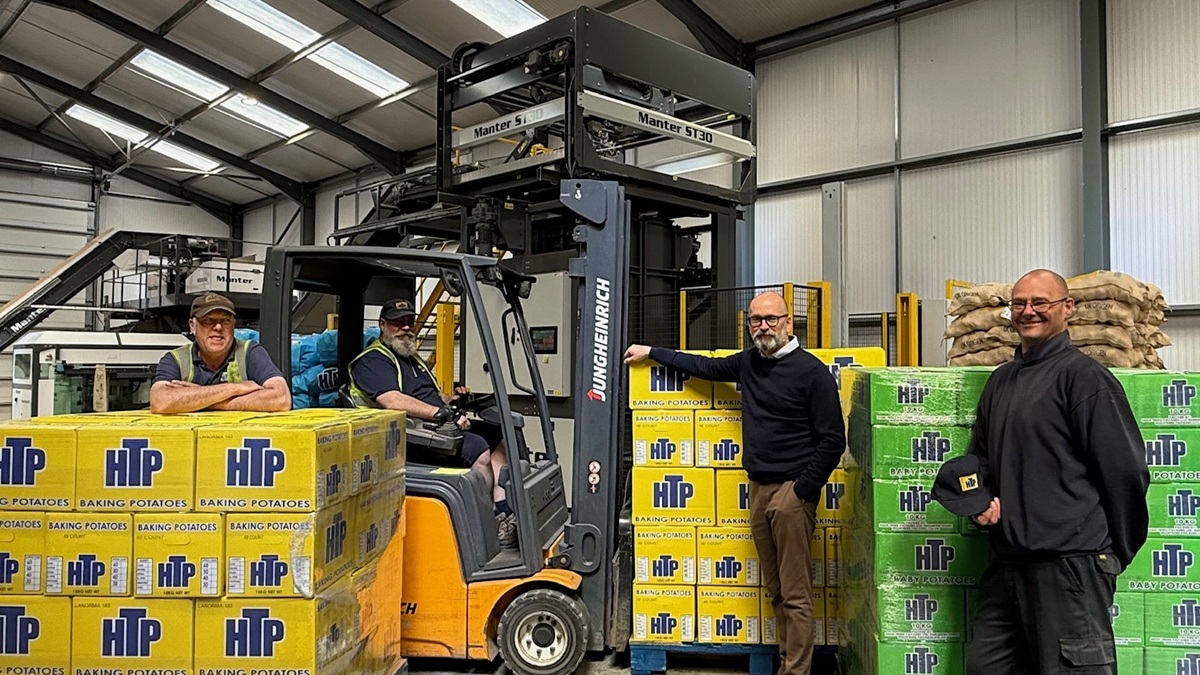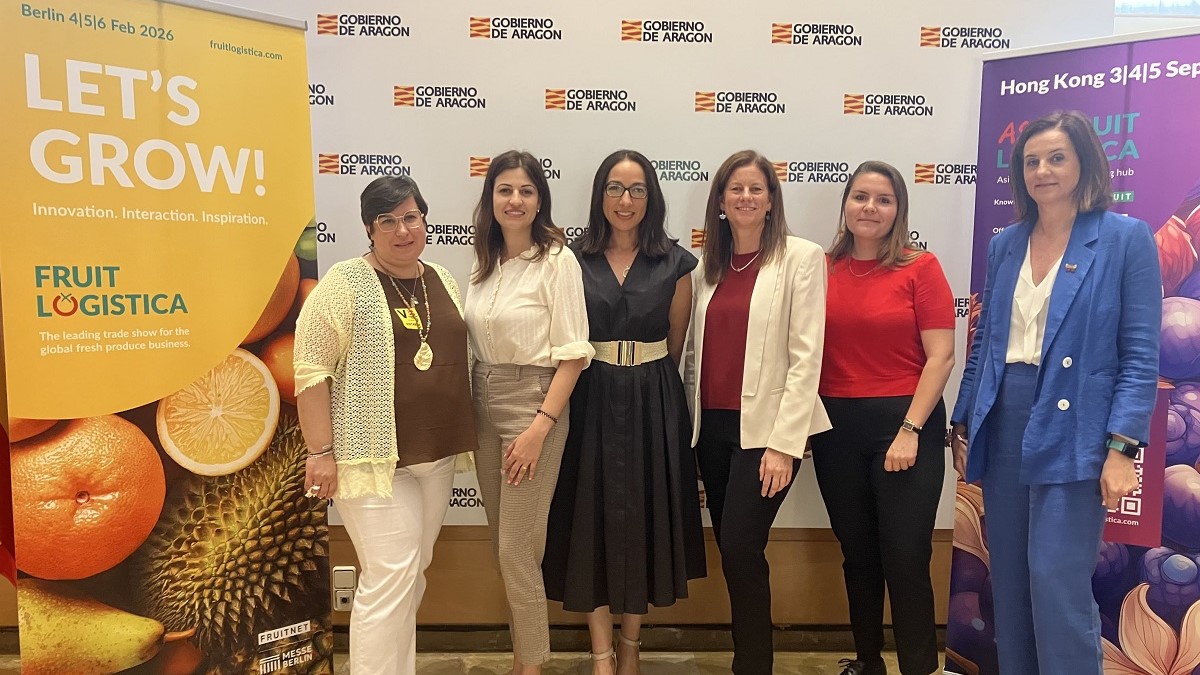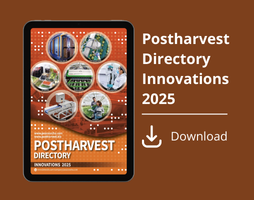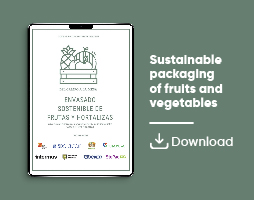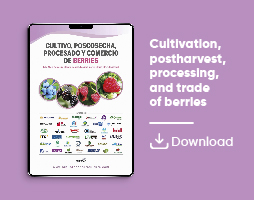In this external scientific report of the tender, developed under a self-task mandate from the BIOHAZ Panel, the characteristics of the process water and practices followed by the European food business operators (FBOs) to maintain water quality used during the postharvest handling and processing operations for fresh and frozen fruits, vegetables and herbs (ffFVHs) are described.
Study Methodology: Analysis of 61 Industrial Scenarios
Data on current production practices,physico-chemical parameters, and microbiological quality were obtained from 61 industrial case scenarios selected from which 29 were from the fresh-whole sector, 19 from the fresh-cut sector, and 13 from the frozen sector. The impact of no water disinfection treatment was evaluated in 17 scenarios, while in 44 the challenges of maintaining the microbiological quality with water disinfection agents, including chlorine, peroxyacetic acid (PAA), and hydrogen peroxide (H2O2), were examined.
The study included in most cases two sampling visits to each FBO, where data were collected and compiled in an Excel file. This Excel file contained 3 sheets, namely: (1) ‘Coversheet data’ that lists and describes all the variables, and also indicates their possible values, (2) ‘scenario characterization’ that gives an overview of all FBO scenarios based onthe food category, food group, processing operation, use or no use of disinfectant, disinfectant type, and disinfectant agent and (3) ‘data’ including all collected data from FBOs.
For each sampling visit and sampling time point, the processing practices were reported (e.g. product water contact time, water agitation, tank water volume, date and time for tank fill and tank empty, water replenishment, process start, and the amount of product processed). Physico-chemical parameters of the process water (e.g. residual disinfectant concentration, pH, chemical oxygen demand (COD) and temperature) were included. Microbiological analyses were performed according to harmonised analytical protocols for the enumeration of moulds, yeasts, total bacterial, coliforms, generic Escherichia coli and Listeria spp., as well as the detection of arange of pathogens such as Salmonella spp., Listeria monocytogenes, pathogenic E. coli, norovirus and Cryptosporidium spp.
The most relevant information that allowed the characterization of each scenario was combined and presented in this report as individual datasheet including flowcharts, photos and summary tables. Information on the processing operation, sampling dates, water volumes, and additional details, such aswater source and water treatment were included. Data collected per food sector is represented in boxplots combining the ‘ID code - specific FVH – operation' for the following food groups: (i) Fruits, (ii) VegetableFruits, (iii) Bulbs and Roots, (iv) Leafy greens and (v) Fruits/vegetable/roots/bulbs and per type of water disinfection treatment. Overall, the boxplots provide a visual representation of the data and the dispersion that allowed the comparison across different scenarios and water disinfection treatments for each food sector.
For those scenarios with the use of chemical disinfectants, notable discrepancies in residual concentrations suggest inadequate water management practices. Inadequate or improper monitoring systems resulted in either excessively high or insufficient disinfectant concentrations in the process water,which, when too low, failed to sufficiently reduce the microbial load.
Key Findings on Water Disinfection in Postharvest Processes
The microbiological results revealed significant insights into the differences in the postharvest handling and processing operations of ffFVHs. Variation in mould and yeast counts across different food sectors was noted, with chlorine and PAA generally reducing counts compared to scenarios with no water treatment. Total bacterial counts decreased with chlorine treatment but remained high without water treatment, highlighting the importance of the addition of a disinfectant. Coliform and E. coli counts, which are indicator groups of faecal contamination, were effectively reduced by chlorine, whereas PAA showed inconsistentresults due to improper concentration levels. Norovirus counts were found in untreated scenarios as wellas in some with water disinfection treatments, emphasizing the need for thorough disinfection practices. Cryptosporidium was never detected, but crAssphage presence suggested potential human faecal contamination.
These findings stress the critical role of effective water disinfection practices. Moreover, the detection of Salmonella spp., L. monocytogenes, and pathogenic E. coli across sectors highlights the importance of comprehensive disinfection strategies to minimize the occurrence of microbial hazards. Additionally, findings regarding viable but non-culturable bacteria (VBNC) and spores of Clostridium perfringens underscore the need for continual monitoring and improvement of disinfection measures. By implementing monitoring and control systems for residual disinfectant concentration e.g., for chlorine adjustments can be made in real-time to optimize dosing rates and prevent situations of over or under-chlorination.
Systematic Scientific Literature Review
A systematic literature review was performed with predefined keywords in Scopus and Web of Science. The searches were performed to answer the following research questions:
- RQ1: which data and modelsare available that can quantify the microbiological contamination of the water used in post-harvest handlingand processing operations of ffFVHs and between ffFVHs batches and
- RQ2: which microbiological and physico-chemical parameters or methods and models are available to validate/verify and/or monitor the microbiological quality of the process water used for ffFVHs.
A two-tier approach was used in which titles,keywords and abstracts were screened for relevance in Tier 1 and full texts in Tier 2. Furthermore, a Google Advanced search was performed to search for relevant reports published on the websites of AESAN, ANSES,UK, FSA, BfR, WHO, FAO and US FDA. However, this latter search did not result in additional data or modelsthat could be extracted for further analysis. The papers identified as relevant for modelling (RQ1b andRQ2b) were used as input for model development. Full-text screening of the Tier 1 relevant papers forRQ1a and RQ2a showed that 123 references were considered relevant on the topic of which 105 containedrelevant data. The EFSA WG selected a total of 69 papers for which data were extracted according to theEFSA Excel template format.
The literature review revealed that most studies were performed in an experimental setting and primarily focused on lettuce or berries. The most frequently studied microorganisms were Salmonella spp., E. coli O157:H7, andL. monocytogenes followed by hygieneindicators. The most frequently studied disinfection methods for treating process water were chlorine-based disinfectants and UV applied as a single technique or in combination with other techniques. Other methods studied entail the use of acids such as PAA, H2O2, ultrasound and pulsed light. Most studies were performedat lab scale.
The efficacy of chlorine on the inactivation of pathogens in water used for processing lettucedecreases with increasing COD and ranges between 0 and 7 log reductions. Based on the lab scale results from the literature search, chlorine, UV and PAA can all thus reduce bacterial load in the water where their efficacy depends both on the dose and on physico-chemical properties of the process water, such as pHand COD. The most suitable physico-chemical parameters as indicators for water quality are COD and to alesser extent TDS and turbidity. Parameters such as ORP, pH, and temperature are important to maintain proper disinfectant efficacy.
Microbiological and Physicochemical Modeling of Process Water
A limited number of papers were found on inline/online monitoring. Theseshowed that UV absorbance seems a promising technique to assess process water quality and predictchlorine demand. Chronoamperometric sensor seems to be another promising method for calibration of an online detector for monitoring the residual disinfectant, such as for PAA.
Modelling the behaviour of microbiological hazards in process water required different steps, including a literature review for available modelling approaches relevant to the scope of this mandate, proper adjustments and modifications of existing dynamic modelling approaches, fitting of updated models,analysis of estimated relevant parameters and model simulations to find best disinfectant dosages.
First, the review analysis of the available models in the literature revealed relevant mechanisms, assumptionsand critical model parameters. The selection was based on two criteria: the model should include either microbiological dynamics or the interaction of these dynamics with relevant physico-chemical indicators. All the retrieved dynamic models were analysed and mathematically rewritten to allow direct comparisons, for example in terms of the considered mechanisms or equations used for each mechanism.
Secondly, a general framework based on mass balance conservation was proposed to include all critical influential factors for the microbial, disinfectant and COD dynamics, identified in the literature and the associated experimental data. This general framework allows to model diverse experimental conditions (of lab andindustrial scale) by simulating the case-specific relevant dynamics. Mass action law, the standard theory ofchemical reactors, was employed for most parts of the model. The only exception was the use of Hillkinetics to model the inactivation of microbiological contamination with the disinfectant, which wasdependent on organic matter in a non-linear form.
This general model was simplified to analyse industrial data from two studies in the literature. In both cases, the model was able to reproduce the experimental data after estimation of the relevant parameters. Nevertheless, a deep analysis of the results demonstrated that a simplified fit-for-purpose model was needed for the simulation of industrial data where measureddata is more limited.
Therefore, a refined model was finally proposed to understand the microbiologicaland physico-chemical interplay in industrial washing operations, being able to reproduce major trends forthe dynamics after unknown parameters were estimated from measurements.
Modelling the operations without water disinfection was a powerful tool to understand contamination: transfer rates from product to water were confidently estimated allowing us to analyse their variability between similar visits, or amongdifferent operations or food matrixes.
On the other hand, operations with water disinfectants were analysed to understand the inactivation dynamics of total bacterial and Listeria spp. counts with chlorine-baseddisinfectants. Two open-source codes are shared with this external scientific report of the tender to:
- simulate the modelled FBO cases and
- simulate what-if scenarios of relevance for the FVHs handlingand processing industry.
The last code allows to understand and validate alternative water managementpractices that can be tailored to different products by adjusting the parameters specific to different product-hazard combinations considering two types of intervention measures, i.e., water disinfection and waterreplenishment.
Access full text
Source
Gil MI, R. García M, Abadias M, Sánchez G, Sampers I, van Asselt E, Tudela JA,Moreno-Razo AS, Vilas C, Martínez-López N, Vanmarcke H, Hernandez N, Andujar S, Serrano V, Sabater D,Truchado P, van de Kamer D, van der Berg JP, Safitri R, Boxman I, Tuytschaever T, Vandenbussche C,Díaz-Reolid A, Anguera M and Plaza P 2025. Microbiological hazards associated with the use of water inthe post-harvest handling and processing operations of fresh and frozen fruits, vegetables and herbs(ffFVHs). EFSA supporting publication 2025:EN-8924. 504 pp. doi:10.2903/sp.efsa.2025.EN-8924


